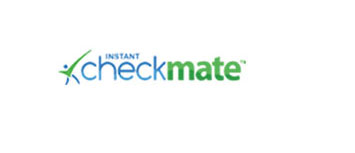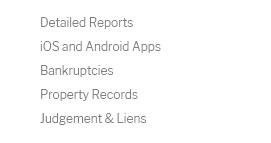 |
 |
|---|
|
|
|---|
 |
 |
 |
 |
|---|---|---|---|
 |
 |
 |
|
 |
|||
 |
 |
 |
|
 |
|||
 |
 |
 |
|
 |
|||

public driving records explained for everyday motorists and researchersWhat they include and omitPublic driving records summarize a driver’s history with the state, including licensing status, points, suspensions, and serious violations. Agencies compile them from citations and court outcomes, then release versions that balance transparency with privacy laws. Common usesEmployers vet commercial drivers, insurers rate risk, attorneys verify facts, and individuals monitor their own standing before renewing a license or applying for a job. Pros and pitfalls
How to check responsibly
Fees, look-back periods, and sealing rules vary by state; misuse can trigger fines, so read the statute and keep documentation.
|
|---|